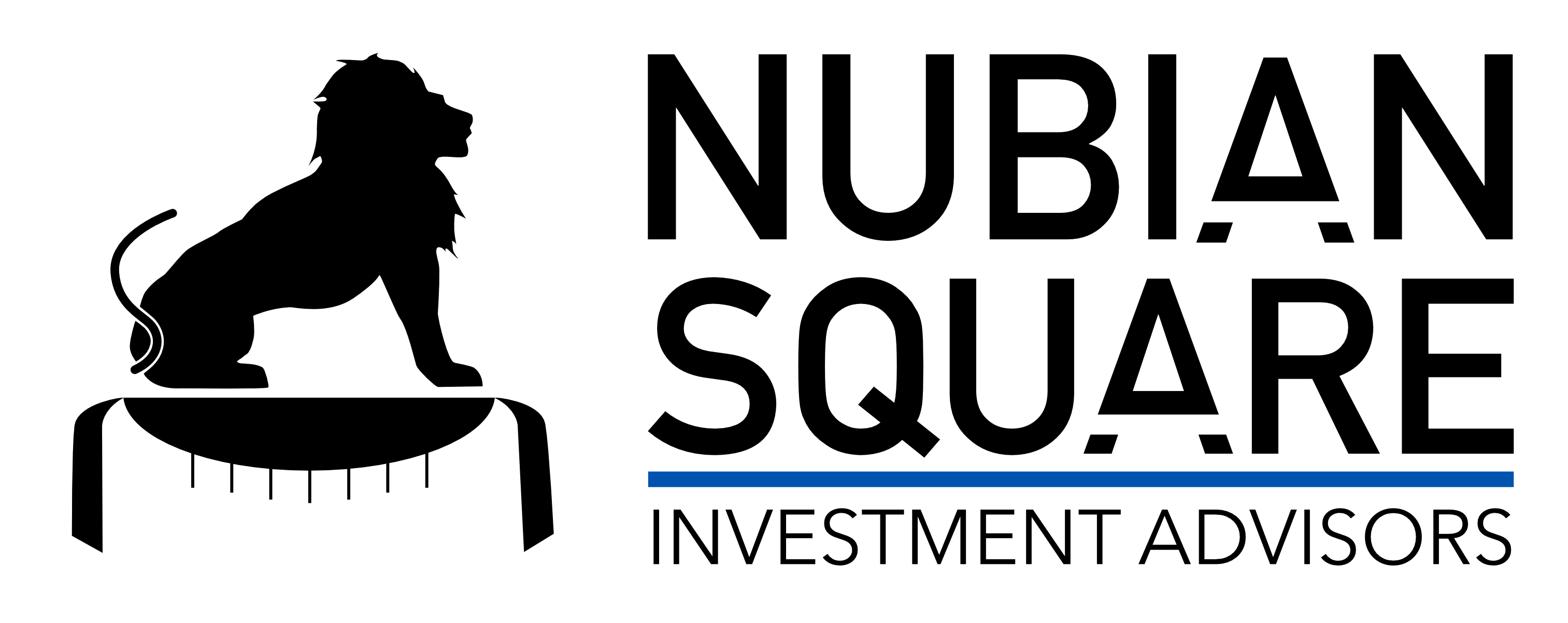Investing For Retirement
It’s never too early to start thinking about retirement. With inflation eating into buying power and more people wanting to retire early in order to enjoy the latter half of life, the question around retirement lifestyle is a critical one.
Strategies For Retirement Planning
One of the best ways to ease any concerns is to think about investing TODAY. Whether you are in retirement, close to retirement, or decades away from it, investing is almost always a step that you can take. Now, the level of investment risk you can take is based on the lifestyle that you want to live and that will ultimately determine your investment strategy.
Another major data point is to consider what your guaranteed sources of income will be. Whether it’s a pension payment, social security, an annuity, or required minimum distributions (RMD) from your workplace retirement plan, the balance of what you’ll actually need to cover expenses may be vastly different than you assume.
Near vs. Long Term Investment Strategy
In general, investing for retirement can be considered long term investing regardless of how far away it is, assuming that you’ll be in retirement for 10+ years. With the amount of time you’ll need added income in mind, it’s a good idea to think of your retirement investment strategy based on your ability to take risk. The first bucket is for immediate and near term use, call it 1 – 5 years of retirement expenses should be in a fairly conservative portfolio, that’s focused more so on supplementing your guaranteed income. As you start to think about years 6-10, you can consider adding some risk to the portfolio, and the same for years 10+.
For the intermediate and long term buckets, it’s unlikely that you’ll have to sell those investments anytime soon, and you’ll want to offset any market inflation. The best way to do that is through ownership in equities – venture capital, real estate, private equity or stocks. One of the biggest mistakes we can make is playing it safe too early in our lives, and losing purchasing power in the years that we want to enjoy during retirement. A lack of investing can also lower the amount that you’ll leave to family members or organizations that you wish to pass assets to.
Another consideration around your passive income is trying to determine how much of that income will be coming from taxable, tax deferred (also taxable), and tax exempt accounts. The obvious choice is getting as much money as possible into a tax free account to avoid uncertainty around future tax changes. To do this, you can use Roth 401Ks and Roth IRAs. If you do not qualify for a Roth IRA during your working years (see income phase out restrictions here) consider doing a Roth IRA conversion once your income and potential tax bracket decreases between retirement age and RMDs.
Planning for retirement can be emotional and can put us all into a tough position, but sticking with a long term investment strategy and taking inventory of your guaranteed income is the best way to ease your concerns.



